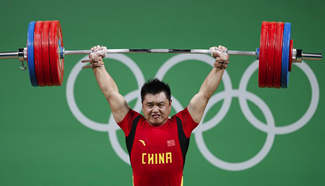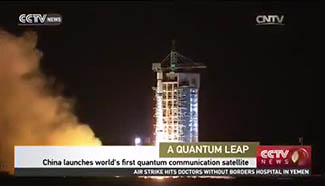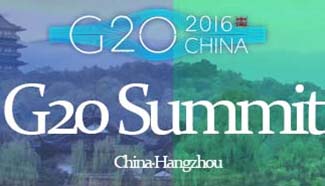by Xinhua writer Shi Hao
BEIJING, Aug. 16 (Xinhua) -- Improvements in China's economic structure demonstrate that government policies are bearing fruit, although the economy remains vulnerable to significant risks.
China's economic problems to a large extent result from an imbalanced structure as the country has relied too much on investment, cheap labor and natural resources for decades.
Chinese leaders fully understand this, and they have prioritized overhauling the economic structure and upgrading China's growth model.
A slew of policy measures to wean the economy off old stimulus measures and to foster new engines of growth have generated positive results, although it is probably too early to call them a complete success.
The high-tech sector, particularly high-end manufacturing, grew at a much faster pace than average in the first half of 2016.
Overcapacity haunted businesses, particularly coal mines and steel mills, many of which were shut down to increase industrial efficiency.
The service sector has become the biggest motor of growth, and the Internet has profoundly changed the landscape of commerce, significantly boosting consumption.
Jobs are constantly being created and people's disposable incomes are increasing. Enthusiasm to start businesses is running high.
Behind this picture, policy makers face a difficult trade-off between propping up growth and pushing forward adjustments.
These hard-earned structural improvements alongside controlled GDP slowdown show that China has so far successfully walked a fine line in economic regulation.
Nevertheless, the foundation of steady growth is not yet solid, and the economy has yet to bottom out.
Foreign demand is still weak. Private and manufacturing investment is anemic. Capacity glut reduction remains a formidable task. There are also financial risks.
All these uncertainties require the government to continue to keep macropolicy stable and consistent and micropolicy flexible and targeted.
In the short term, fluctuations in major economic indicators are inevitable. But in the long term, China's economy will expand steadily at a medium to high speed with a higher quality.
A less painful transition will be the test of the willpower and wisdom of China's policy makers.










